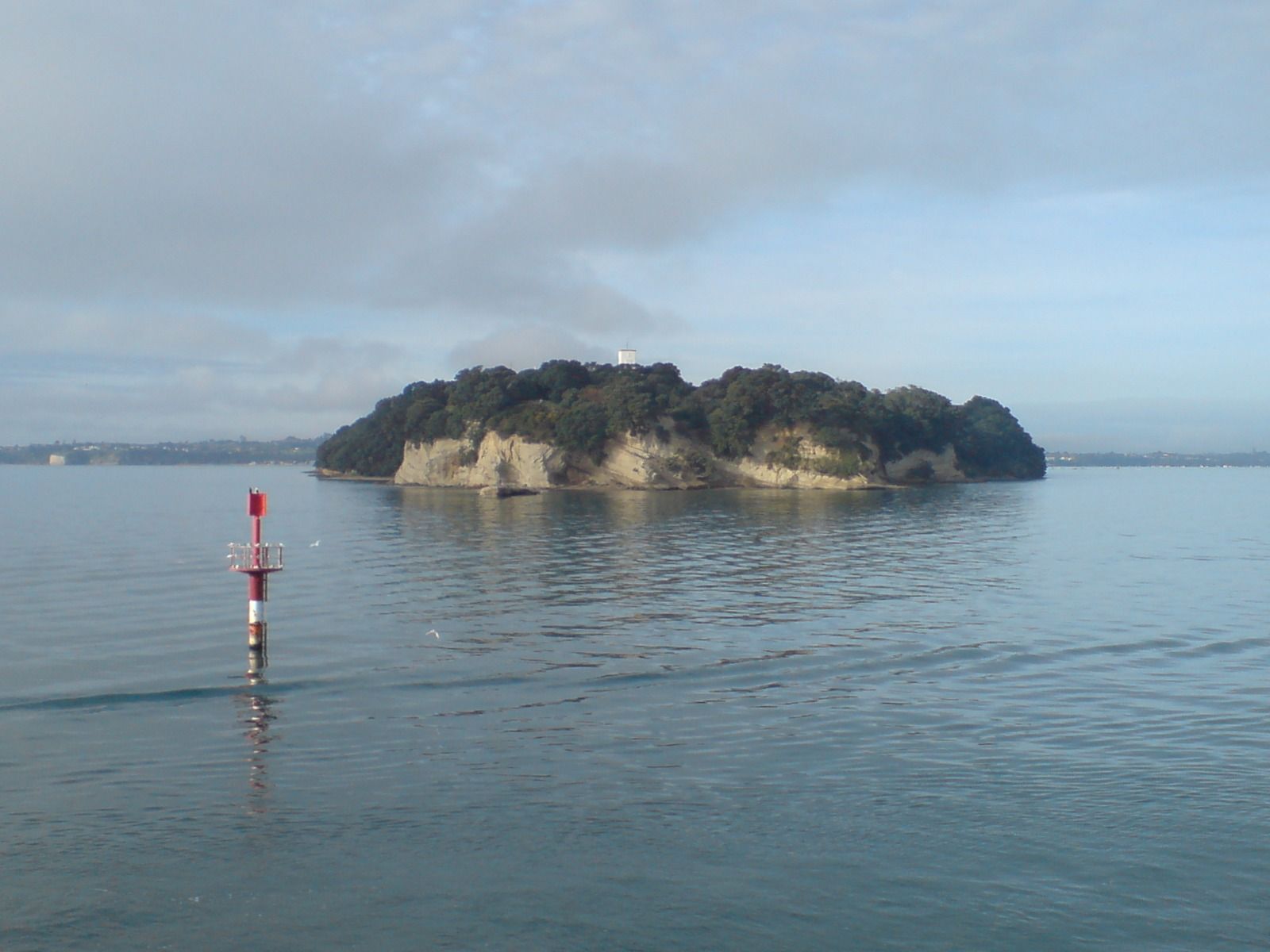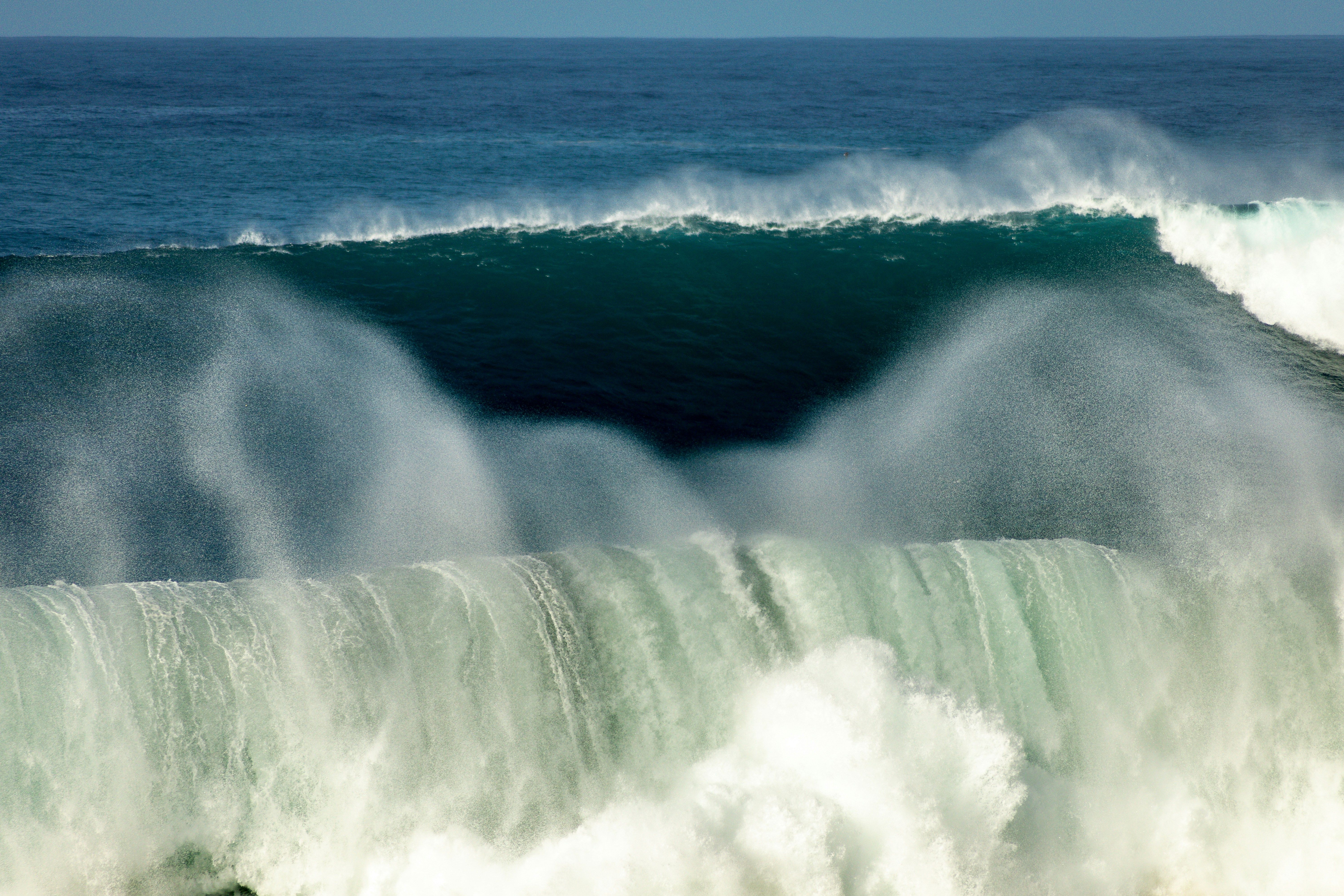

Water Safety NZ Kaihautū Māori Rob Hewitt knows the dangers of the ocean firsthand.
Photo/RNZ
Pasifika, Māori called to reclaim ocean tradition and safety culture to reduce drowning rates
A former navy diver says reconnecting Pacific seafaring traditions and tikanga could save lives, following a coroner’s report into the death of Tēvita Moeakiola.


Advocates push for healing as redress debate continues for Lake Alice survivors


Most New Zealand teachers set for six-figure pay after new deal struck with govt

Jai Opetaia set to close out 2025 on top against German opponent

Advocates push for healing as redress debate continues for Lake Alice survivors


Most New Zealand teachers set for six-figure pay after new deal struck with govt
A water safety advocate is urging Pacific and Māori men to restore respect and connection with the ocean after a coroner found that safety lapses contributed to a fatal boating incident near Auckland.
The Coroner’s report, released this week, details the drowning of 51-year-old Tēvita Moeakiola, who died after his fibreglass boat capsized near Bucklands Beach in June 2022.
Moeakiola, a carpenter and church leader from Manurewa, was described as a humble and generous man who loved fishing. He was on a trip with his brother-in-law, Pita Setefano, and workmate Tevita Havili when the boat’s engine slowed down and waves began to flood the vessel.
The men were thrown overboard as the bow lifted and the boat overturned. While the others managed the 30-minute swim to shore, Moeakiola, a confident swimmer, did not make it. His body was recovered the following day.
In her report, Rachael Schmidt-McCleave found that the vessel was in poor condition, with a 120mm hole in the hull and rotting wood. Only one of the men was wearing a life jacket when the boat capsized, while another stayed afloat by clinging to a petrol can.
“It is very possible that, had Mr Moeakiola been wearing a life jacket, he may have been able to reach the shore with the other survivors,” the report stated. “If the repairs to the hull had been carried out properly with the aluminium patch securely bolted, it is possible that the boat would not have taken on water and capsized.”

The boat capsized near Musick Point, Auckland. Photo/Wikipedia Commons
Rob Hewitt, Kaihautū Māori of Water Safety New Zealand, says the case highlights the importance of both practical safety rules and traditional values while on the water.
Hewitt, a former navy diver who survived 75 hours lost at sea in 2006, says this disconnection from tikanga can lead to overconfidence.
“All drownings are preventable. My heart goes out to the whānau,” he says. “As Māori and Pasifika people, we sometimes lose that relationship we have with our taiao (natural world), our atua (gods), Tangaroa, Hine Moana, Papatūānuku, and we forget there are bigger forces than us out there.
New Zealand’s annual drowning totals 1980 - 2024 - Water Safety New Zealand
“As indigenous people, we are water people. Our tīpuna sailed the Pacific, they sailed the world. But somewhere along the track, we’ve lost that understanding, that mātauranga (knowledge) and tikanga (traditional values) of safety.”
He says Māori and Pacific men, particularly those aged between 35 and 65, are overrepresented in drowning statistics and often reluctant to wear life jackets.
Hewitt says Pacific communities may underestimate the differences in Aotearoa’s waters.
“Māori men and Pasifika men, when they get to a certain age, they get a little bit scared about things like re-sitting a licence, diabetes checkups, and it's the same with the water. It's this cohort of men that don't want to wear life jackets or that aren't listening to the people that love them, to wear a life jacket.
“You can stay afloat a lot longer in the islands, the density, the amount of salt in the water is different. So when our Pacific community and our Asian community come to New Zealand, the first thing they notice is that it’s colder, it’s darker. The wave is heavier on you.”

Advocates warn the ocean must be respected, and safety measures, such as lifejackets, are critical.
Water safety for Pacific communities
In New Zealand, it is estimated that an average of 26 people drown every year due to not wearing life jackets.
Provisional data from Water Safety New Zealand show there have been 48 drownings so far this year, compared to 56 at the same time in 2024.
Meanwhile, Pasifika are overrepresented in the figures, making up 17 per cent of Auckland’s drowning fatalities in 2024.
Through his Kia Maanu Kia Ora programme, Hewitt conducts culturally tailored water safety workshops at marae and churches, including sessions focused on Sāmoan and Tongan communities.
The free courses, run with Coastguard, cover topics such as bar crossings, navigation, and survival skills. They are designed to encourage open talanoa about safe boating.
“We hold kōrero around the kava bowl about what we can do to help,” Hewitt says. “We also take them through water survival - what happens if you fall in? Do you know how to swim? Up in Auckland, it’s the skipper’s responsibility to tell everyone to wear a life jacket.”
Hewitt urges communities to revive traditional knowledge and maritime customs (tikanga at sea), ensuring that both young and old understand the ocean’s power and the importance of proper preparation.
He believes failing to wear a life jacket, checking the weather, or carrying communication devices breaches traditional customs.
“If you don’t wear a life jacket, you’re crossing the line of tikanga. If you don’t tell someone where you’re going or take your phone in a dry bag, you’re crossing the line. If you don’t check the weather, you’re not respecting the atua.
“As a skipper, your role is to get everyone home safely.”
The Coroner’s report echoes these lessons, recommending greater awareness around vessel maintenance, weather conditions, and life jacket use to prevent future deaths.
Under the Auckland Navigational Bylaw 2021, wearing life jackets on vessels under six metres is compulsory unless the skipper gives permission not to wear one.
A working group, including Coastguard and Water Safety New Zealand, presented a united call to Auckland Council’s Safety Regulatory Committee last month over the current bylaw.